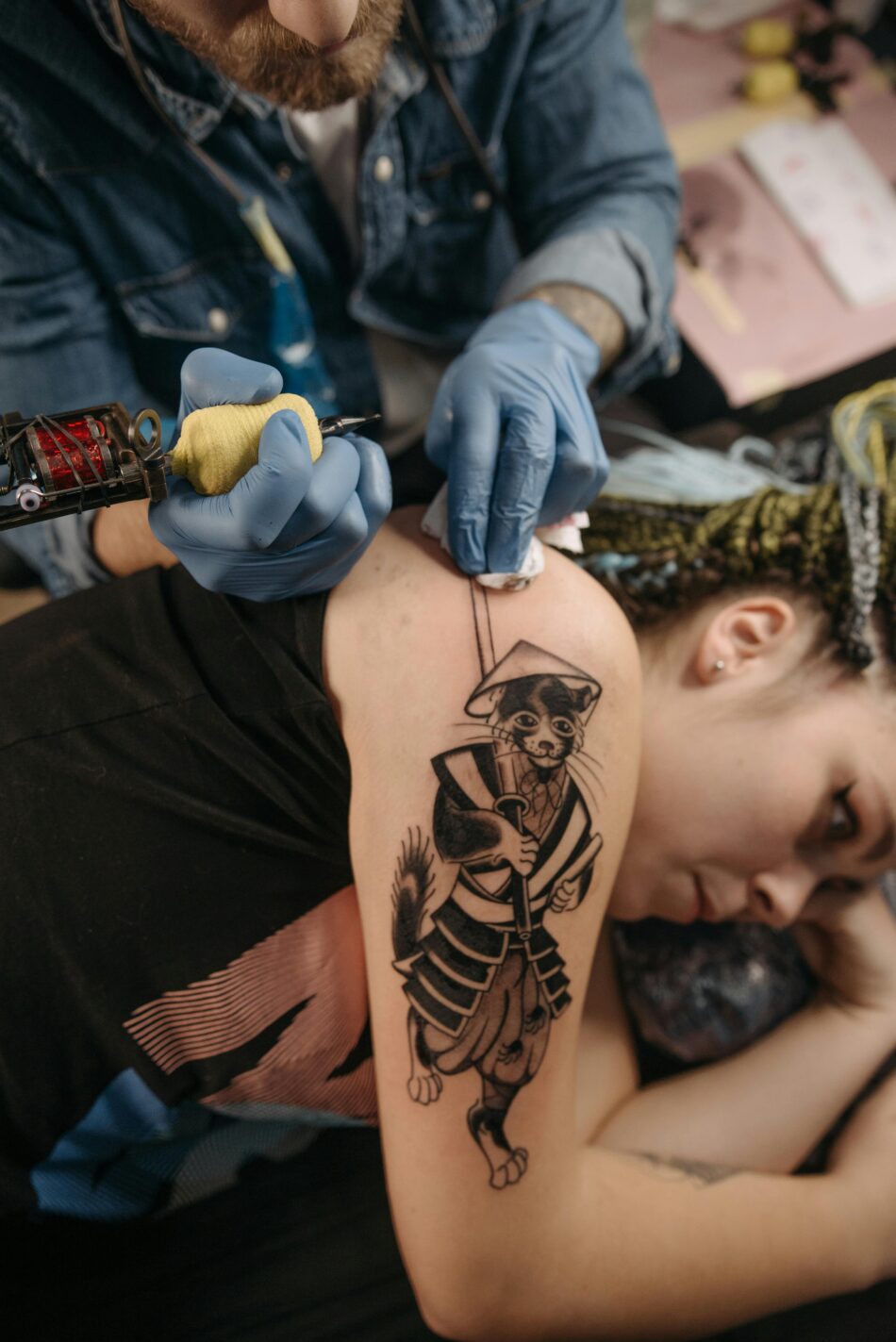When it comes to tattooing, tattoo machine sterilization is one of the most important skills every artist must master. Properly sterilizing your equipment protects your clients from dangerous infections, ensures you meet legal requirements, and safeguards your professional reputation.
Neglecting this process not only risks spreading harmful bacteria and viruses like Hepatitis B, Hepatitis C, and HIV but can also cost you your license. In this guide, we’ll walk through how to sterilize tattoo equipment the right way, which tools to use, and common mistakes to avoid.
Why Tattoo Machine Sterilization Matters
Every time you tattoo a client, your needle and machine come into contact with blood and bodily fluids. If you skip proper cleaning, you risk cross-contamination between clients. The right tattoo hygiene best practices protect both you and your customers while keeping your business compliant with health regulations.
Understanding Tattoo Equipment Contamination
Tattoo machines can harbor microscopic bloodborne pathogens on:
- Metal grips
- Tubes and tips
- Needle bars or cartridges
- Clip cords and power supply connectors
Even a small amount of contamination can spread infection. That’s why every part of the process from wiping down your station to autoclaving reusable parts matters.
Step-by-Step Guide: How to Sterilize Tattoo Equipment
1. Disassemble Your Tattoo Machine
Remove grips, tips, tubes, and needle components.
2. Pre-Clean to Remove Debris
Use warm water and mild soap to wash away ink, blood, and tissue particles.
3. Ultrasonic Cleaning
Place parts in an ultrasonic cleaner to break down microscopic residue.
4. Autoclave Sterilization
For heat-safe components (like stainless steel grips and tips), use an FDA-cleared autoclave. This kills bacteria, viruses, and spores.
5. Chemical Disinfection for Heat-Sensitive Parts
Rotary motors, power supply cords, and other non-autoclavable parts should be wiped with medical-grade disinfectants such as CaviCide or Madacide.
6. Dry & Store
Place sterilized parts in sealed, sterile pouches until use.
Best Tools for Tattoo Machine Sterilization
- Autoclave for tattoo machines — Essential for killing all pathogens.
- Ultrasonic cleaner — Removes hidden debris before sterilization.
- Medical-grade disinfectants — For components that can’t withstand high heat.
- Disposable machine covers — Prevents contamination during tattooing.
Common Tattoo Hygiene Mistakes to Avoid
- Relying on alcohol wipes alone (not effective for sterilization).
- Reusing disposable grips or needles.
- Not replacing machine covers between clients.
- Skipping ultrasonic cleaning before autoclaving.
Tattoo Hygiene Best Practices Beyond the Machine
Sterilizing your tattoo machine is only part of the equation. You should also:
- Wear gloves at all times during setup, tattooing, and breakdown.
- Disinfect all surfaces between clients.
- Dispose of needles in approved sharps containers.
Tattoo Sterilization Laws & Training
In most states, artists must complete Bloodborne Pathogens certification and follow local sterilization regulations. Failing to comply can result in fines, license suspension, or closure of your business.
Final Thoughts
Tattoo machine sterilization isn’t just about avoiding fines it’s about protecting your clients, your career, and your art. By learning how to sterilize tattoo equipment properly and following tattoo hygiene best practices, you show your clients you’re a true professional.
If you’re new to tattooing, check out our How to Use a Tattoo Machine guide for more essential skills every artist should know.






